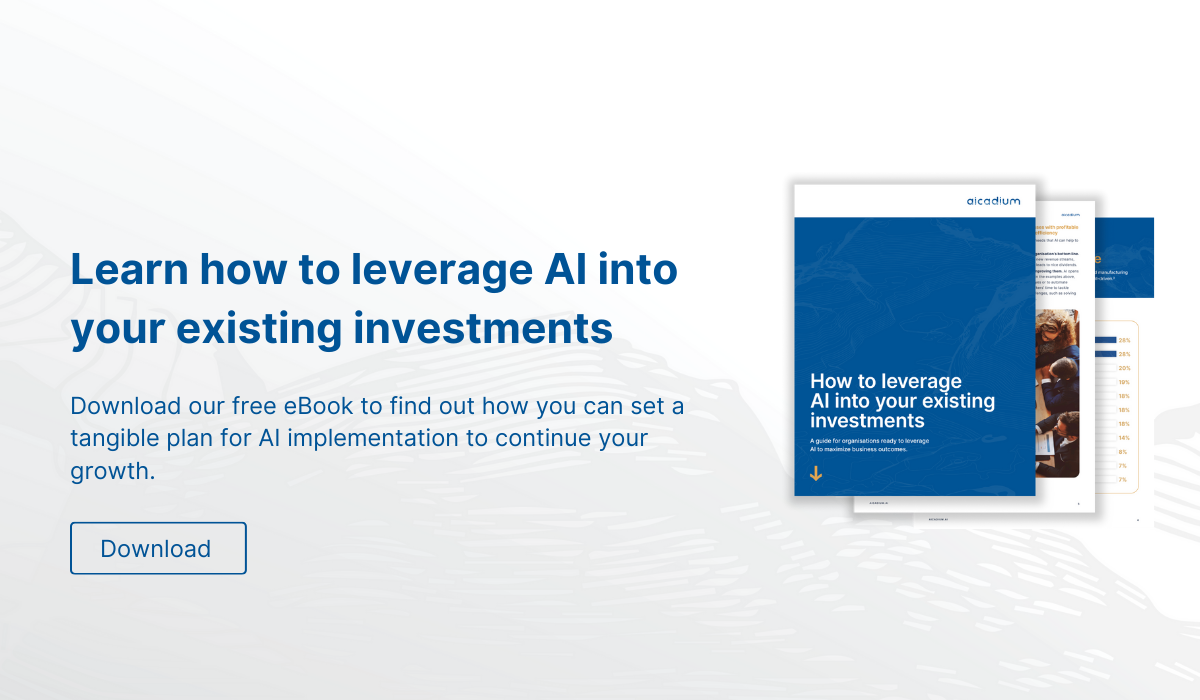Welcome to the fifth and final instalment of our series on implementing AI organisation-wide. By now, you’re likely well aware of AI’s incredible business potential, but you may also be acquainted with the challenges that come with it. In this concluding chapter, we’ll take you through the essential process of crafting a pilot launch plan, your gateway to a smoother AI integration journey.
Why Start with Pilot Projects?
Embarking on a journey to implement AI across your organisation can be daunting for even the most experienced teams. The complexity, the investments required, and the potential risks make it a journey that must be approached with precision and care. A well-structured pilot launch plan can be your compass in this uncharted territory.
Pilot projects are small-scale, controlled AI implementations that serve as testing grounds for various value-generating technologies. These projects play a pivotal role in the early stages of your AI integration strategy:
-
Risk Mitigation: Pilots allow you to test AI technologies in a controlled environment, reducing the risk of large-scale failures.
-
Learning Opportunity: They provide valuable insights into the feasibility and effectiveness of AI in your specific context.
-
Employee Engagement: Involving employees in pilot projects can boost their confidence and enthusiasm for AI adoption.
-
Cost Control: Smaller projects are more budget-friendly, and they help you better estimate the costs associated with full-scale implementation.
-
Technology Testing: Pilots enable you to explore different AI technologies and determine which ones align best with your goals.
Designing a Pilot Launch Plan
Creating a successful pilot launch plan involves several key steps:
- Define Clear Objectives: Set measurable objectives for your pilot projects. What do you hope to achieve? What specific problems or opportunities will AI address?
- Choose the Right Technologies: Select AI technologies that align with your objectives. Ensure they are suited to your pilot’s scale and the problem’s complexity.
- Identify Key Stakeholders: Assign internal leaders and a cross-functional team to oversee each pilot. Their responsibilities should include defining the scope, managing resources, and evaluating performance.
- Establish Metrics for Success: Define key performance indicators (KPIs) to measure the success of your pilot projects. These KPIs should align with your objectives and provide a straightforward gauge of progress.
- Allocate Resources: Allocate the necessary budget, time, and human resources to execute the pilot successfully. Ensure that your team has the tools and knowledge required for the task.
- Monitor and Evaluate: Continuously monitor and assess the progress and results of your pilot projects. Be prepared to make adjustments as needed to ensure success.
- Decide on Scaling: Based on the outcomes of your pilots, make informed decisions on which projects should be scaled up for company-wide adoption. Consider the lessons learned and the technology that performed best.
Implementing AI organisation-wide is a complex journey that begins with small but strategic steps. A well-executed pilot launch plan is the cornerstone of your AI integration strategy. It helps you test the waters, identify challenges, and determine the best path forward. By setting clear objectives, choosing the right technologies, and assigning capable leaders, you can ensure the success of your pilot projects. This, in turn, will inform your decisions on which AI initiatives are ready for company-wide adoption.
Download our eBook
AI is a vast, uncharted territory, but your journey has just begun. For a deeper dive into leveraging AI within your existing investments, we invite you to download our comprehensive eBook, “How to Leverage AI into your Existing Investment: A Guide for Organisations.” This resource will provide invaluable insights, strategies, and real-world examples to empower your investment strategy with AI.
As you continue your exploration of AI’s potential, remember that knowledge is your greatest asset. With the right approach, AI can be a game-changer for your organization. Thank you for following our AI implementation series; we look forward to participating in your AI-powered future!






